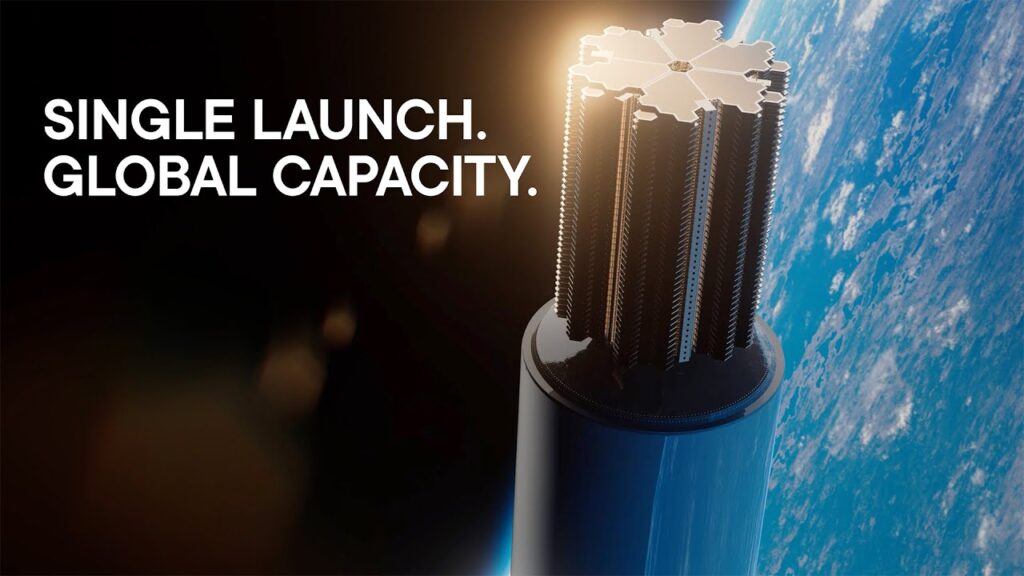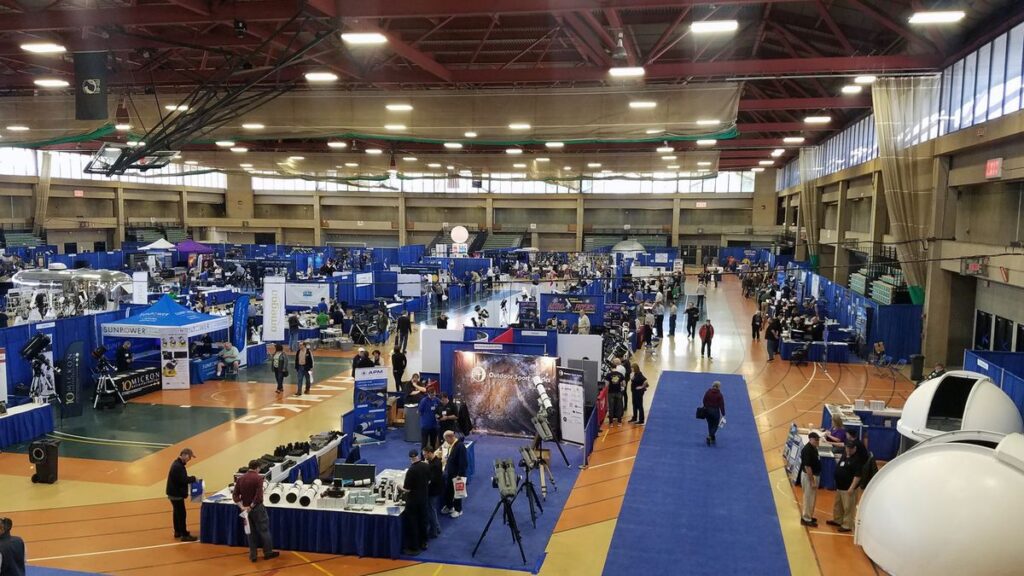China and Russia have invited international partners to join them in building a moon base but revealed they don’t plan to send astronauts to the moon in the next decade.
The International Lunar Research Station (ILRS) will consist of a space station in lunar orbit, a moon base on the surface and a set of mobile rovers and intelligent “hopping” robots, according to representatives of Russia’s space agency Roscosmos and China National Space Administration (CNSA).
Speaking at the Global Space Exploration Conference (GLEX) in St. Petersburg, Russia, on Wednesday (June 16), Chinese and Russian space officials said they were already in negotiations with international partners including the European Space Agency (ESA), Thailand, the United Arab Emirates and Saudi Arabia to join their endeavour.
Related: NASA unveils plan for Artemis ‘base camp’ on the moon beyond 2024
The two space powers signed an intergovernmental memorandum of understanding in March 2021 to go ahead with the project.
The timeline presented at the GLEX forum foresees a reconnaissance phase to begin in 2021. By 2025, the space agencies will choose a site for the moon base, with construction expected to follow between 2026 to 2035. The ILRS will become operational from 2036 onwards, providing a range of scientific facilities and equipment to study lunar topography, geomorphology, chemistry, geology and internal structure of the moon, as well as enabling space and Earth observations from the moon’s surface. It will also likely support human exploration in the future.
The base on the surface will be serviced via an orbiting station in cislunar space between the moon and Earth, that will see regular traffic between the two celestial bodies.

CNSA vice administrator Yanhua Wu said at the conference that the partners are currently focusing on developing robotic lunar exploration technology and don’t plan to send astronauts to the moon within the next decade.
“We will also do a lot of preparatory work and research work in this aspect,” Yanhua said. “So we hope to be able to actually send our researchers to the surface of the moon in the future for them to carry out missions on the surface of the moon.”
Sergey Saviliev, deputy director general for international cooperation at Roscosmos said at the conference that while China and Russia have not yet been approached by any private companies, the nature of the ISLR project is meant to be inclusive and open to everyone interested.
Earlier this year, Russia announced plans to build its own space station in low Earth orbit, the region of space below 620 miles (1000 kilometers) and threatened to leave the International Space Station cooperation as a retaliation against U.S. sanctions.
China launched the first module of its new space station, Tianhe, into low Earth orbit in April this year. The station is set to receive its first astronaut crew later this week.
Follow Tereza Pultarova on Twitter @TerezaPultarova. Follow us on Twitter @Spacedotcom and on Facebook.


